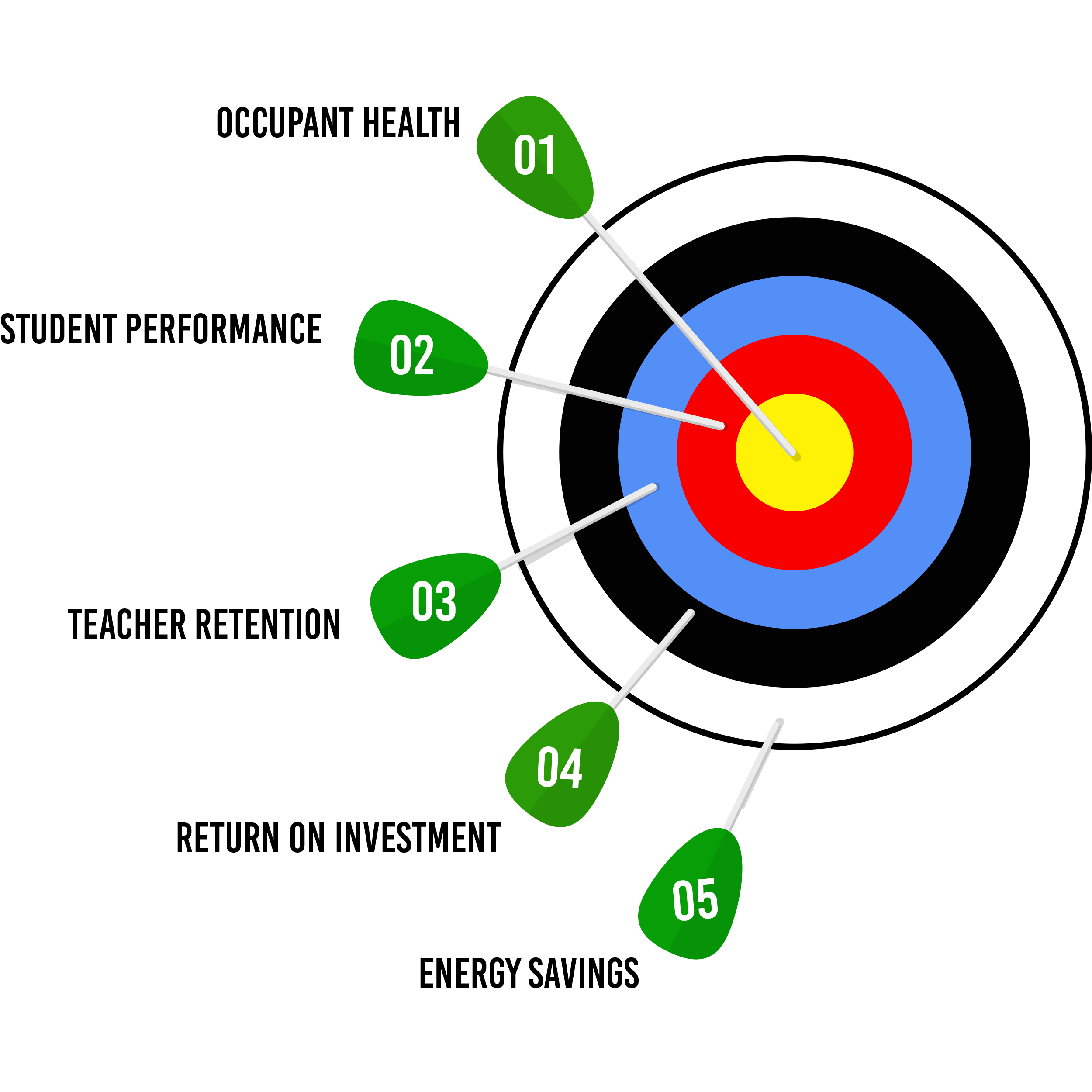The Elementary and Secondary School Emergency Relief Fund (ESSER) and the American Rescue Plan Act represent crucial opportunities for Local Education Agencies (LEAs) to allocate funds for enhancing the indoor environments of schools. These funds are earmarked for general improvements, repairs, and upgrades and extend to critical areas like mechanical ventilation and control systems. By directing resources toward these vital components, schools can take significant steps to fortify indoor air quality and, in doing so, contribute to the broader fight against asthma.
One valuable avenue to achieve these ventilation enhancements is deploying advanced technology, such as EBTRON airflow measurement devices. EBTRON’s state-of-the-art solutions empower schools to monitor and regulate airflow precisely, ensuring ventilation systems operate at peak efficiency. These devices play a pivotal role in maintaining optimal indoor air quality, which is paramount in the battle against asthma.
Quality of the Outdoor and Indoor Environment






